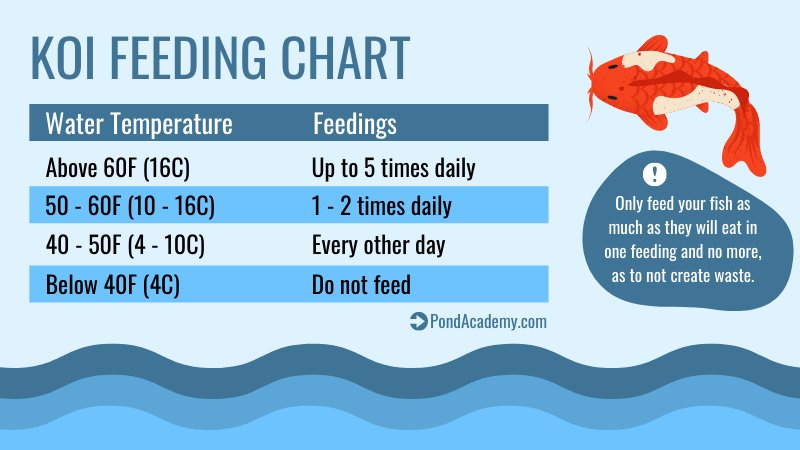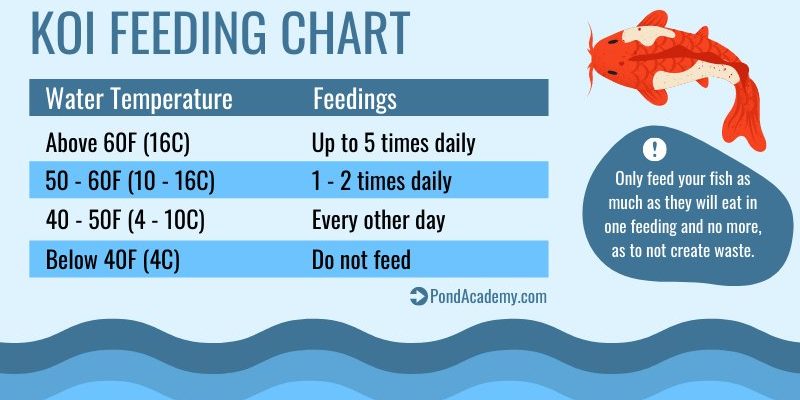
So, let’s dive into the world of koi feeding! Think of it like preparing a delicious meal for a friend—you want it to be tasty, satisfying, and nutritious. The right mix of food will keep your koi healthy, vibrant, and full of life. Along the way, I’ll help you figure out a solid feeding schedule and guide you on the nutrition they need.
Understanding Koi Diet Basics
To start, it’s essential to know that koi are omnivores. This means they eat both plant and animal matter. In their natural habitat, they munch on a variety of foods, including insects, algae, and even fallen fruits. However, keeping koi in a pond or tank means we need to replicate this diet as closely as possible with quality koi food.
Koi foods are specially formulated to cater to their dietary needs, featuring a blend of proteins, fats, carbohydrates, vitamins, and minerals. Think of these components as the building blocks for their health. A well-rounded diet not only promotes growth but also enhances their coloration. That’s why you’ll often see koi food packed with color-enhancing ingredients like spirulina and astaxanthin.
Types of Koi Food
When choosing food for your vibrant fish, you’ll find a few different types available:
- Pellets: These are probably the most common type. They come in various sizes and can be floating or sinking. Floating pellets are great for observing your koi as they feed, while sinking pellets allow bottom feeders to get their share.
- Granules: Granules are smaller than pellets, making them more suitable for younger koi or smaller fish. They’re easy to digest and help prevent waste in the pond.
- Flakes: Flakes are light and float on the surface. They’re great for surface feeders and can be easily broken apart for smaller fish. However, they can create more mess if not consumed quickly.
- Live/Frozen Food: Occasionally, you can treat your koi with live or frozen food like worms, shrimp, or daphnia. This not only adds variety to their diet but also mimics their natural feeding habits.
Each type of koi food has its benefits, so feel free to mix and match to see what your fish prefer.
Feeding Schedule for Koi
Now that we understand the types of koi food, you might be wondering about a proper feeding schedule. Honestly, it’s simpler than you may think! Generally, feeding koi once or twice a day is sufficient.
Here’s a simple schedule for you:
1. Spring and Summer: During these warmer months, koi are more active and have higher metabolisms. Feed them 1-2 times daily, offering small amounts of food they can consume within 5-10 minutes.
2. Fall: As temperatures drop, koi become less active. You can reduce the frequency to once a day or even every other day. Just be sure to adjust the portion sizes.
3. Winter: In cooler months, koi enter a state of dormancy. If your pond freezes, they won’t eat at all. If it remains unfrozen and temperatures are above 50°F, you can offer a small amount of wheat germ food, which is easier for them to digest.
Keep an eye on your koi during feeding times. If there’s food left floating after 10 minutes, you may be giving them too much!
Key Nutrients for Healthy Koi
Koi need several essential nutrients to stay healthy and vibrant. Here’s what you should focus on:
– Protein: Vital for growth and overall health. Look for food that contains at least 30-40% protein, especially during the warmer months when koi are growing.
– Fats: Healthy fats provide energy. Check for food that includes omega-3 and omega-6 fatty acids, which can support their immune system and promote healthy skin.
– Carbohydrates: These help provide energy. Plant-based ingredients in koi food usually supply the necessary carbs.
– Vitamins and Minerals: Ensure the food has added vitamins A, D3, E, and essential minerals like calcium and phosphorus. These support everything from coloration to bone health.
Incorporating these nutrients into your koi’s diet will lay the foundation for their vitality.
Common Feeding Mistakes to Avoid
Even seasoned koi keepers can make a few blunders when it comes to feeding. Here are a few common mistakes to watch for:
– Overfeeding: It can be tempting to keep tossing food in, but overfeeding can harm your koi and pollute the water. Stick to those 5-10 minute eating windows.
– Ignoring Water Temperature: Koi’s appetites depend greatly on the water temperature. Feeding them at the wrong temperature can cause digestive issues and stress.
– Relying on Only One Type of Food: While koi food is important, mixing in some variety with live food or kitchen scraps (like fruits and veggies) can keep their diet balanced.
Remember, your koi rely on you for their health. Avoiding these pitfalls makes a big difference.
Final Thoughts on Koi Nutrition
Feeding your koi isn’t just about filling their tummies; it’s about nourishing them for a vibrant life. A balanced diet and a consistent feeding schedule ensure they’ll thrive in your pond. Keep an eye on how they react to different foods, and don’t hesitate to mix things up for variety.
As you embark on this exciting journey of koi care, remember that good nutrition reflects in their coloration, vitality, and overall health. With a little thoughtfulness in what you feed them, you’ll have happy, healthy koi that brighten up your space for years to come!

